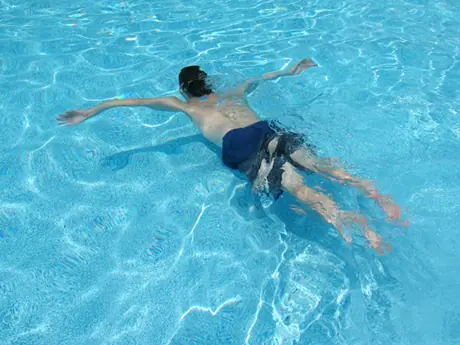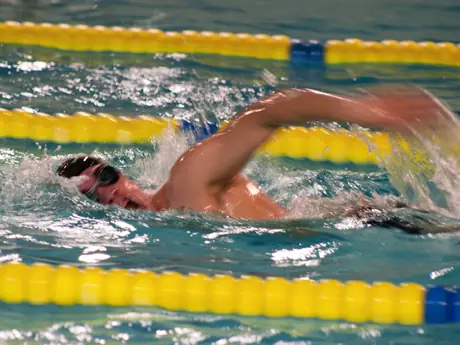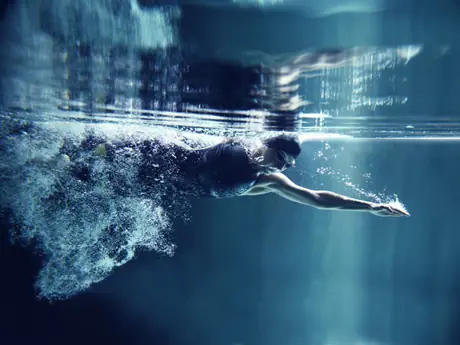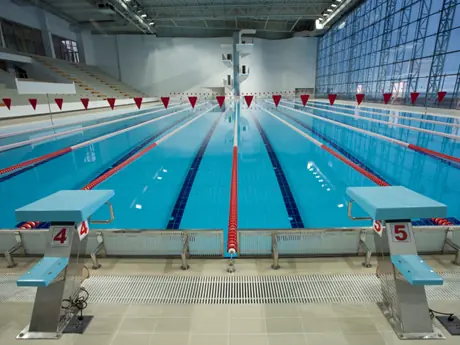
Do you hold six-minute miles over a half marathon but then go to the pool and have trouble keeping up with the 90-year-old guy in the outside lane? Do you have difficulty breathing while swimming over longer distances? Do you ever drag your legs through the water?
These are all telltale signs that you might be unbalanced in the water. Because the balance of your body affects every other aspect of your swimming technique, there is a direct correlation between how well-balanced your body is and your overall endurance and speed in the water.
At its most basic level, balance is about one thing and one thing only: keeping as much of your body horizontal and close to the surface of the water as possible. If you can accomplish this, you can use more of the power you generate toward moving forward, resulting in better overall swimming technique and faster and more efficient swims.
More: Swimming 101: Balance Your Breathing
As a group, triathletes tend to overlook thinking about balance in the water for one simple reason: You can't fall down in the pool. This makes it easy to overlook. In running and biking, balance is second nature, but because swimming is based on horizontal balance instead of vertical balance, the best way to improve it is to explore how your body naturally balances in the water, and learning how to adjust your body position in the water. This will allow you to conserve energy, increase your endurance and move faster.
The best way to work on how you balance is with the Front Float Drill. The point of this drill is not to try to balance while you are moving, but rather to find your body's natural floating position and learn to use your chest and hips to adjust into a better position in the water.
Start with your feet or knees on the bottom of the pool with your arms at your sides. Float face downward and allow your body to enter its natural floating position—most likely you will feel your hips and legs sink below the level of your chest, resulting in a negative or "uphill" body position.
Once you have discovered your natural floating position, the next step is to learn to adjust yourself into a better position. Begin by pressing your chest downward and your hips upward until your body enters a horizontal position close to the surface of the water. An easy way to visualize this movement is to think of a teeter totter: if your chest presses down, your hips will move up, and vice versa.
More: How Many Calories Does Swimming Burn?
Once you feel comfortable adjusting your balance in the water, you can start to periodically incorporate the following set into your workout routine to help you focus on balance. This set is intentionally short to make it easier for you to focus all of your attention on your body position.
Here is a video that explains the Front Float Drill and a little bit more about horizontal body position.
- 1
- of
- 2
About the Author
SwimLabs
Get ACTIVE on the Go


Meet Mobile
Swim smarter: heats, lane assignments and real-time results in the palm of your hand.
Available for iOS | Android








Discuss This Article